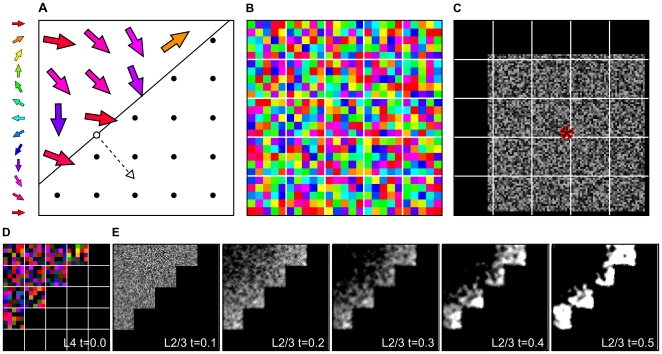Figure 2. Model diagram and activity before any learning.
A 25 whiskers are arranged in a regular grid, where some are deflected (colored arrows) and some are not (dots). Deflected whiskers are those impinged by a wide stimulus (solid line) moving in the direction of the dashed line and unfilled arrow ( ). The stimulus is a half plane, which has moved almost half-way through the whisker field in this example. Deflected whiskers are those to the left of the plane. Impinged whiskers are deflected roughly in the direction of stimulus motion, but we apply normally distributed noise to each, with concentration parameter
). The stimulus is a half plane, which has moved almost half-way through the whisker field in this example. Deflected whiskers are those to the left of the plane. Impinged whiskers are deflected roughly in the direction of stimulus motion, but we apply normally distributed noise to each, with concentration parameter  in the example. B The L4 sheet is divided into barrels (delineated by white), each containing 25 neurons with pre-assigned MEDs (pixel color) from around the circle, and located arbitrarily within the barrel. C L2/3 is divided into supra-barrels (21
in the example. B The L4 sheet is divided into barrels (delineated by white), each containing 25 neurons with pre-assigned MEDs (pixel color) from around the circle, and located arbitrarily within the barrel. C L2/3 is divided into supra-barrels (21 21 neurons in each), such that each neuron receives weighted projections from all L4 neurons in the corresponding barrel. Each L2/3 neuron also receives fixed excitatory lateral connections from itself and its 8 immediate neighbors (its lateral excitatory connection field). Each also receives inhibitory connections from all neurons that fall within a 4
21 neurons in each), such that each neuron receives weighted projections from all L4 neurons in the corresponding barrel. Each L2/3 neuron also receives fixed excitatory lateral connections from itself and its 8 immediate neighbors (its lateral excitatory connection field). Each also receives inhibitory connections from all neurons that fall within a 4 4-barrel area (84
4-barrel area (84 84 neurons) centered on its location; the lateral inhibitory connection field for the neuron marked * is shown. The brightness indicates connection strengths from * to each neuron before training. D The example input is represented in L4 by activating neurons whose MEDs are similar to the direction of deflected whiskers. E Initially random activity in stimulated L2/3 supra-barrels migrates to the leading edge of the stimulus as lateral interactions settle for each of steps
84 neurons) centered on its location; the lateral inhibitory connection field for the neuron marked * is shown. The brightness indicates connection strengths from * to each neuron before training. D The example input is represented in L4 by activating neurons whose MEDs are similar to the direction of deflected whiskers. E Initially random activity in stimulated L2/3 supra-barrels migrates to the leading edge of the stimulus as lateral interactions settle for each of steps  . All plots are normalized separately.
. All plots are normalized separately.

